- Overview
- Symptoms & Stages
- Tests & Diagnosis
- Treatment
- Living With
- Support & Resources
- View Full Guide
Parkinson’s Disease: What to Know

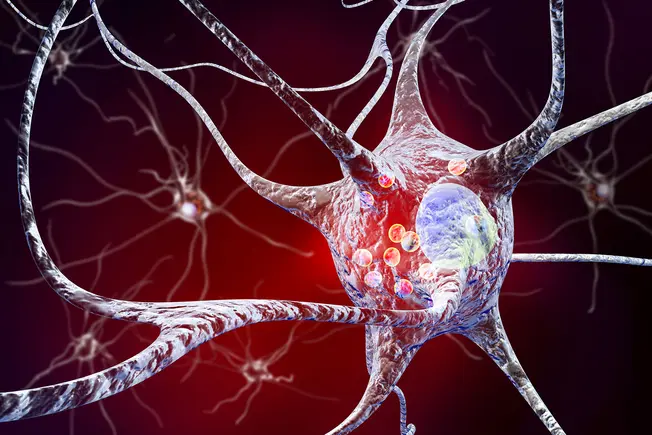
What Is Parkinson’s Disease?
Parkinson’s disease is a brain disorder that gets worse over time. It causes nerve cells in a part of the brain called the substantia nigra to die. This part of the brain is important for controlling movement. That’s why people with Parkinson’s often shake or show other abnormal movements. Treatments can help with symptoms, but there is no way to slow or reverse the condition.

What Causes It?
No one knows exactly why a person gets Parkinson’s. It’s probably due to a mix of things, including genes and exposure to certain toxins. There’s usually no way to predict who will get it or why. It’s rare for Parkinson’s to run in families. Most of the time, it seems to happen randomly.
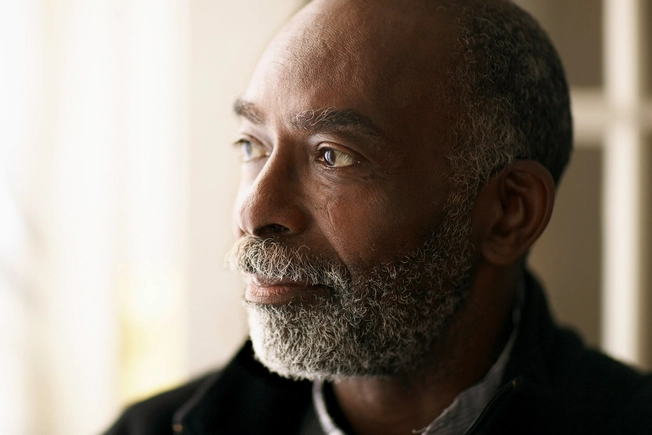
Who Gets Parkinson’s?
Both men and women get Parkinson’s disease. It’s 1.5 times more common in men. It’s also more common in older people. Only about 4 out of every 100 cases happen in people under age 50. A 2022 Parkinson’s Foundation-backed study revealed that nearly 90,000 people are diagnosed with Parkinson’s disease in the U.S. each year. This represents a steep 50% increase from the previously estimated rate of 60,000 diagnoses annually.
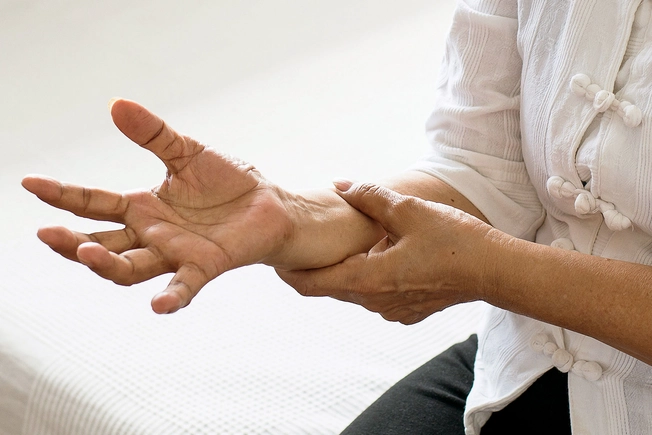
Symptoms
The four main symptoms of Parkinson’s are related to movement:
- Tremors or shaking of hands, arms, legs, jaw, or head
- Stiffness of arms, legs, and trunk
- Slowed movement
- Trouble with balance and coordination

Other Signs to Watch For
People with Parkinson’s may also have:
- Depression or other emotional changes
- Trouble chewing, swallowing, or speaking
- Trouble sleeping
- Constipation

What to Expect
Parkinson’s is a progressive disease. That means that your symptoms usually get worse over time. The symptoms of Parkinson's also vary a lot from one person to the next. How quickly it worsens and how severe it gets can vary a lot, too. Early symptoms may be easy to ignore or dismiss. They might start on one side of your body, showing up on the other side only later.

Diagnosis
At first, it can be hard for doctors to tell if you have Parkinson’s. That’s in part because symptoms vary so much. Other disorders also can look similar. There’s no single test for it. Your doctor might order imaging tests to rule out other conditions. They’ll also ask questions about symptoms, medications, and any exposure to toxins.

Treatment: Drugs That Make Dopamine
Parkinson's affects nerve cells in your brain that make a chemical called dopamine. As a result, levels of the chemical fall. Doctors usually start treatment with levodopa (L-dopa). Your brain turns it into dopamine. But it can make you sick to your stomach, so you’ll probably take it with another medicine called carbidopa to control these side effects. The combination drug is called carbidopa-levodopa (Parcopa, Rytary, Sinemet).

Treatment: Boosting Dopamine’s Effects
Your doctor might give you one of these, alone or with another drug:
- Dopamine agonists: They act like dopamine but don’t raise levels of it in your brain. You can take them with any drug that has levodopa. You might try pramipexole (Mirapex) or ropinirole (Requip).
- COMT Inhibitors: They help levodopa last longer. You might get entacapone (Comtan) or tolcapone (Tasmar).
- MAO-B inhibitors: These stop your brain from breaking down levodopa. You could get selegiline (Eldepryl, Zelapar) or rasagiline (Azilect).
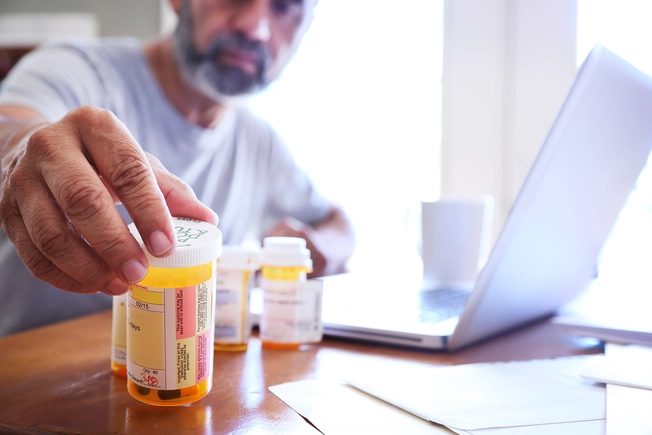
Treatment: Drugs to Manage Tremors
The doctor may also give you something to treat the tremors that come with Parkinson’s. These medications are called anticholinergics, and they put the brakes on a chemical in your brain that controls movement. You might take benztropine mesylate (Cogentin) or trihexyphenidyl (Artane).

Is Surgery an Option?
If medicine doesn’t work well enough, your doctor may suggest deep brain stimulation (DBS). In DBS, your doctor implants electrodes deep in the brain. A device connected to them delivers electrical pulses. Those pulses can help control the tremors caused by Parkinson's.
In the past, doctors sometimes used other operations to damage the brain in ways to help with movement symptoms. But they rarely use those surgeries now.
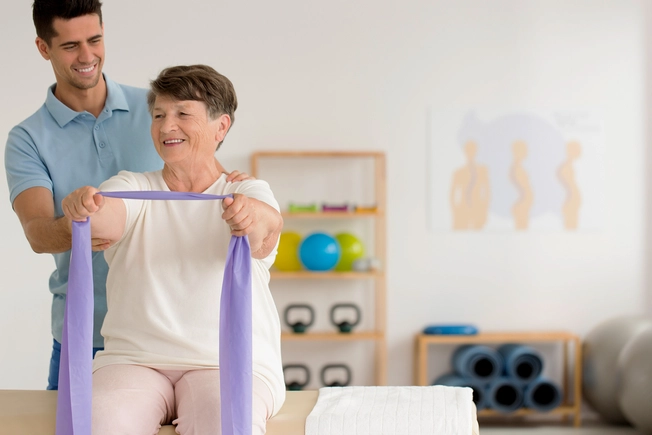
These Therapies Also May Help
Physical therapy can teach you exercises to improve strength and balance and help you stay independent. Occupational therapy shows you new ways to manage daily tasks. Speech therapy can help with slurred or unclear speech.
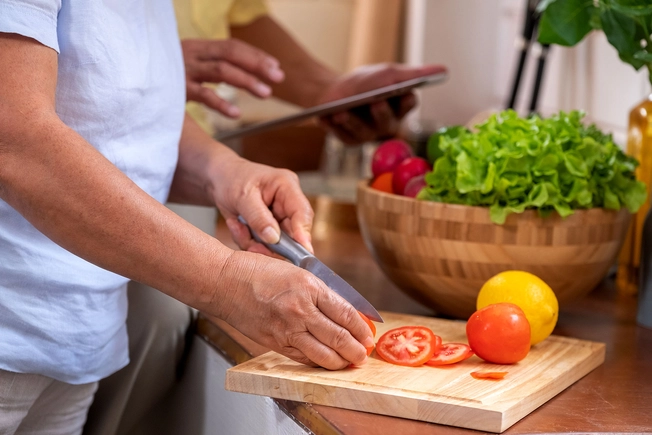
Food and Exercise
Eating healthy foods can help you feel better. It may also help with certain Parkinson’s symptoms, such as constipation. Getting regular exercise will also boost strength, flexibility, and balance. Ask your doctor to recommend a physical therapist or exercise program.
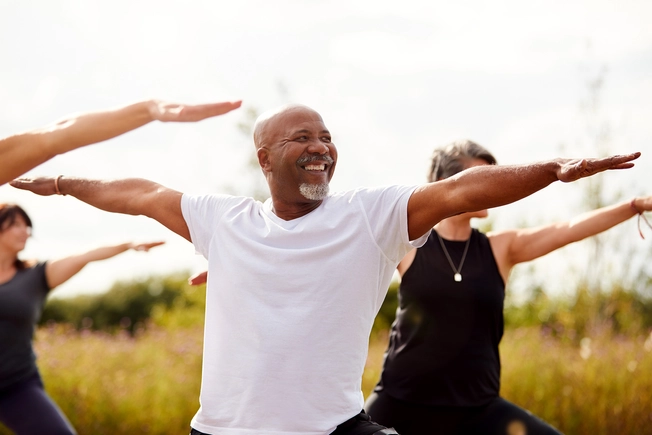
What Else Helps
Along with your regular medical care, these approaches may help with mood, energy, and how you feel day to day:
- Massage
- Tai chi
- Yoga
- Meditation

Find Support
It can help to talk with a counselor or support group. Your doctor may know of local resources. There are also many organizations dedicated to Parkinson’s, including the American Parkinson Disease Association, the Michael J. Fox Foundation for Parkinson’s Research, and the Parkinson’s Foundation.
IMAGES PROVIDED BY:
- Getty
- Getty
- Getty
- Getty
- Getty
- Getty
- Getty
- Getty
- Getty
- Science Source
- Getty
- Getty
- Getty
- Getty
SOURCES:
Cleveland Clinic: “Parkinson’s Disease: An Overview,” “Speech Therapy for Parkinson’s Disease.”
National Institute of Neurological Disorders and Stroke: “Parkinson’s Disease Information Page,” “Parkinson’s Disease: Hope Through Research.”
Parkinson’s Foundation: “Understanding Parkinson’s,” “New to Parkinson’s.”
National Institute on Aging: “Parkinson’s Disease.”
Johns Hopkins Medicine: “Physical Therapy for Parkinson’s Disease.”
Davis Phinney Foundation for Parkinson’s: “Occupational Therapy for Parkinson’s.”
Mayo Clinic: “Parkinson’s Disease.”